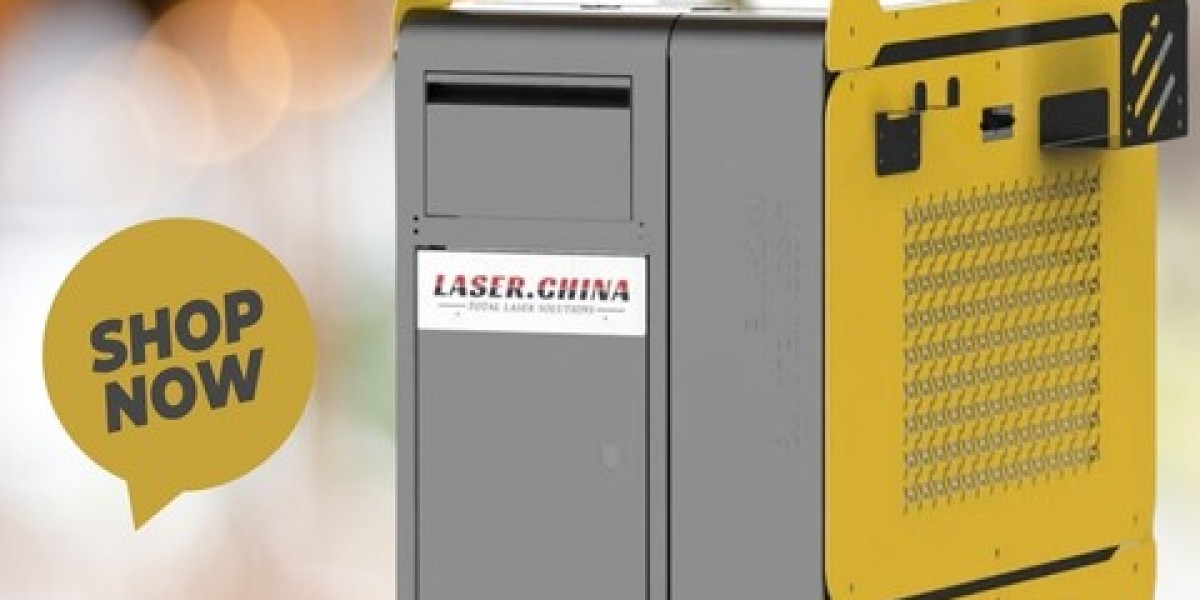Choosing a crypto exchange is one of the most important first steps in getting started with digital assets. The exchange you use can determine everything from what tokens you can trade to how much you pay in fees, how safe your funds are, and how fast you can move money in and out.
With hundreds of platforms out there, the challenge isn’t finding an exchange—it’s choosing one that matches your needs.
1. Know what you want to do
Before comparing platforms, it helps to get clear on what you’re actually looking to do.
Ask these questions:
- Are you planning to buy and hold popular coins like BTC or ETH?
- Do you want access to new tokens, meme coins, or altcoins?
- Are you trading actively or just investing occasionally?
- Do you want to use fiat (USD, EUR, etc.) or already hold crypto?
- Is your priority low fees, security, speed—or a mix of all three?
Knowing the answers helps narrow down options fast. A high-frequency trader will need different features than a long-term holder. Someone prioritizing anonymity might need a completely different setup from someone looking to connect their bank account.
2. Check regulatory status and security
Security is non-negotiable. A good crypto exchange should be registered, licensed, or regulated in at least one reputable jurisdiction.
Here’s what to look for:
- Two-factor authentication (2FA) for login
- Cold wallet storage for user funds
- Regular audits or proof-of-reserve statements
- Transparent ownership and team profiles
- History of managing hacks (or lack of breaches)
Some platforms advertise themselves as decentralized but still operate like centralized entities. Others boast about being the most private but may not offer basic protections. It's wise to review any platform’s regulatory disclosures and security practices before sending funds.
3. Compare fees
Crypto exchange fees come in many forms:
- Trading fees (usually a % of the trade)
- Deposit and withdrawal fees
- Spread between buy/sell prices
- Network or blockchain fees
What’s tricky is that not all exchanges are upfront about costs. Some offer zero trading fees but widen the spread. Others may advertise low fees but charge high withdrawal costs. Always read the fine print—and try using comparison tools to uncover the real cost of using a platform.
For users focused on saving money, starting with a crypto exchange ranking that includes fee breakdowns can provide a clearer picture.
4. Evaluate supported coins and pairs
Not all exchanges support all tokens. Some focus on Bitcoin and Ethereum. Others offer hundreds of altcoins and meme tokens.
Before signing up, check:
- Does the exchange support the tokens you want?
- Are there enough trading pairs with good volume?
- Are listings updated regularly, or are they outdated?
Low liquidity or a lack of trading pairs often leads to higher slippage, price volatility, or delays in order execution. For active traders or those looking to explore new markets, it’s worth using tools to find crypto exchange platforms that fit specific token needs.
5. Review fiat support and payment methods
If you’re entering crypto using traditional money (like dollars or euros), make sure the platform supports it.
Some questions to ask:
- Can you deposit using a bank account or credit card?
- Are there extra fees for fiat transactions?
- What are the withdrawal limits and timelines?
Certain exchanges are crypto-only, which means you'll need to use a secondary platform just to convert fiat. Others may offer on-ramps but charge a premium. Choosing a fiat-friendly exchange simplifies the entire process for beginners.
6. Understand the user experience
A confusing interface can ruin a good exchange. While this is subjective, user experience still matters a lot—especially for beginners.
A solid exchange should offer:
- A clean, responsive trading interface
- Clear order types (market, limit, stop-loss, etc.)
- A mobile app that’s stable and secure
- Quick KYC and verification if required
Try demoing a few platforms or reading walkthroughs to see which one feels the most intuitive. Fast customer support and helpful help centers are also green flags.
7. Look at exchange liquidity and trading volume
High trading volume usually means:
- Better prices
- Faster order execution
- Lower spread between buy/sell
- Fewer failed trades or slippage issues
On the flip side, low-volume exchanges can have unreliable pricing and slow trades. If you're unsure which platforms consistently perform well, browsing a trusted crypto exchange ranking that filters by volume and liquidity can help.
8. Know the difference between centralized and decentralized platforms
There are two main types of exchanges: centralized (CEX) and decentralized (DEX).
Centralized exchanges are run by a company or team. They handle custody, order matching, and security. Think of them like traditional brokers but for crypto.
Decentralized exchanges operate through smart contracts and don’t hold your funds. You trade directly from your wallet.
Each has pros and cons:
- CEXs are easier to use, especially for beginners.
- DEXs offer more privacy and control over funds but require wallet knowledge and more technical skill.
Beginners often start with centralized platforms but may eventually branch into decentralized options as they gain confidence and want more control.
9. Don’t ignore the small details
The best crypto exchange for beginners isn’t just the one with the lowest fees or most coins. It’s the one that fits the whole experience.
Some things that seem minor—but matter:
- Customer service hours and response time
- Native language support
- Jurisdiction restrictions (some exchanges block U.S. or EU users)
- Education resources or tutorials
All of these play a role in making the onboarding process smoother. Skipping over these details can cause delays, lost funds, or worse.
Final thought
Choosing a crypto exchange is a mix of personal priorities and practical features. Start with the basics: security, fees, coin support and then narrow down based on how you want to trade.
Once you’ve made your choice, move slowly. Start small, test the platform, and build from there. It’s not about chasing trends—it’s about finding a platform you can actually trust and use with confidence.






